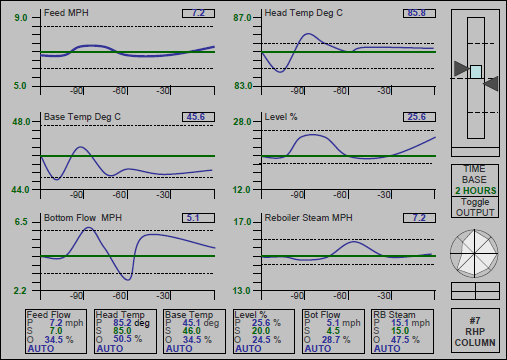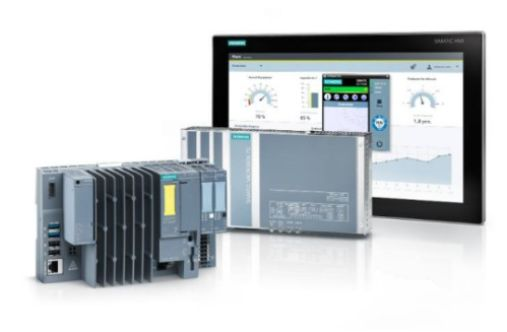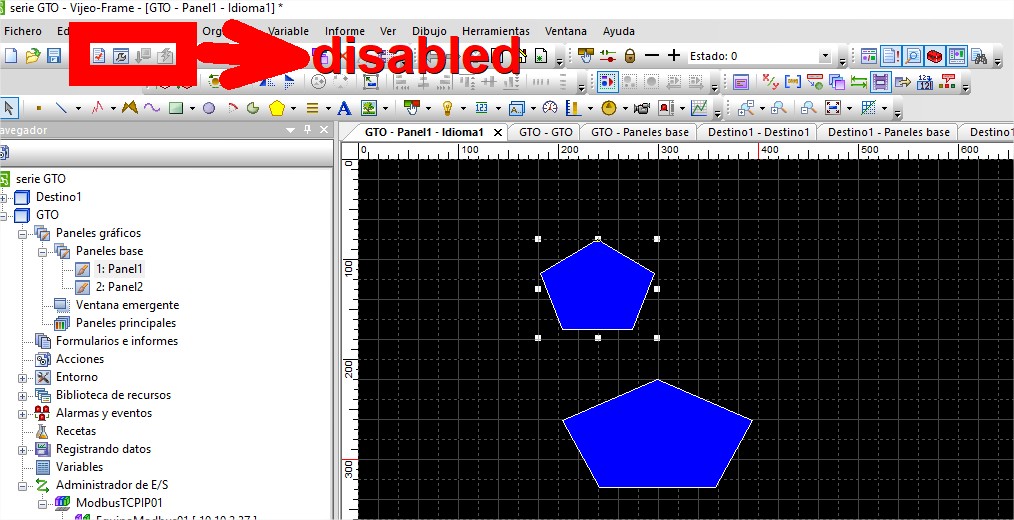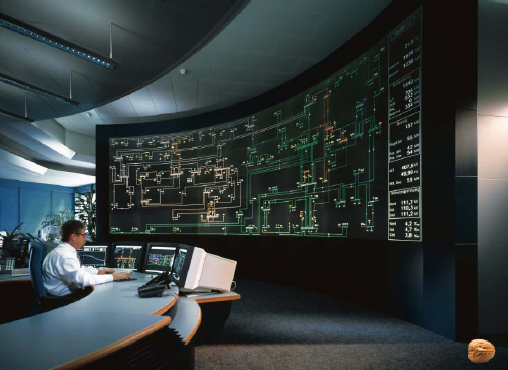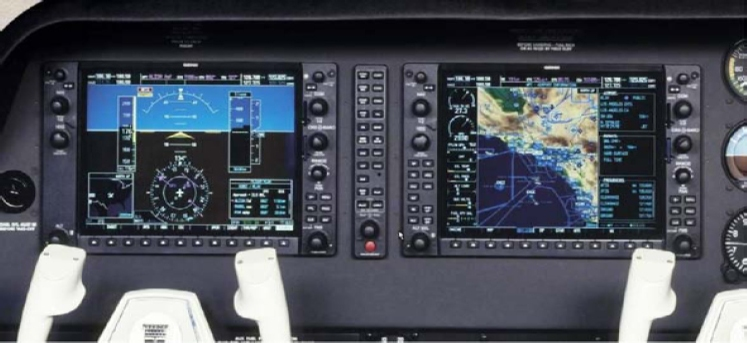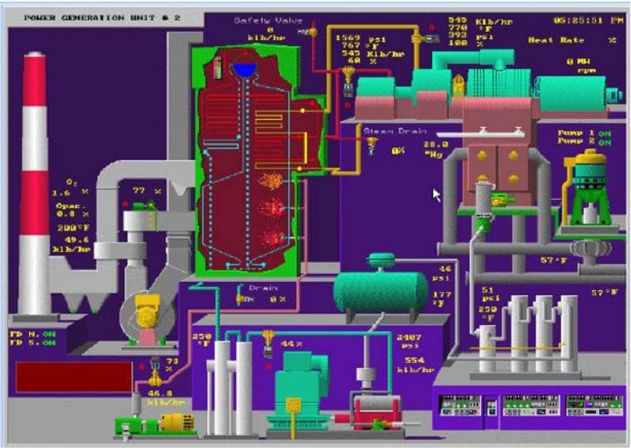Detailed Design of High Performance Displays
Many example depictions are shown conceptually and schematically because there is such wide variation in the display capabilities, characteristics, and arrangement paradigms of specific DCSs. There are major differences between DCSs regarding such commonplace things as controller faceplate access and display. It is the concepts and principles that are important, which are then applied to … Read more




